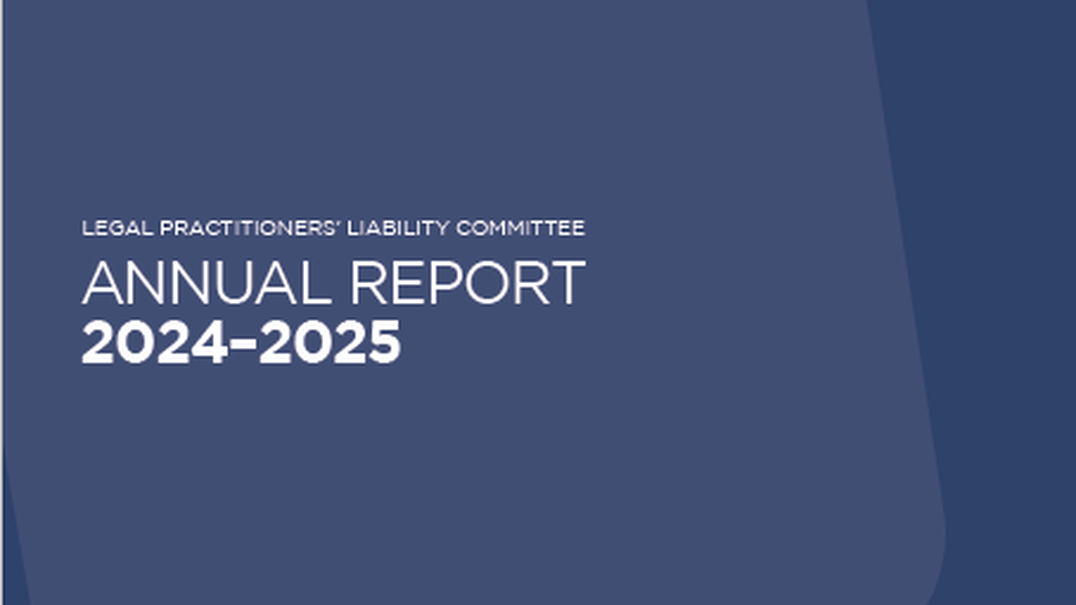Practitioners advising on or transferring shares in a private company or units in a unit trust should be alert to potential duty consequences.
Practitioners know that, subject to limited exceptions and strict criteria, duty (stamp duty) is charged on the transfer of real property. In addition, if a company or unit trust holds an interest in land with a market value of $1 million or more, the transfer of shares in the company or units in the trust, may also be a dutiable transaction. This duty is known as ‘landholder duty’.
In general terms, landholder duty can be charged where:
- a company or trustee of a unit trust is a ‘landholder’ under the Duties Act 2000 (the Act) because it holds interests in land (including improvements/items fixed to land) with an unencumbered market value of $1 million or more and
- a person acquires or commences to hold a ‘significant interest’ in the landholder.
A significant interest is generally 50% or more in the case of private companies, or 20% or more in the case of private unit trusts (the threshold generally increasing to 90% or more in the case of listed landholders).
These percentage interests can be determined having regard to aggregated interests acquired or held by ‘associated persons’, and under ‘associated transactions’.
The landholder and shareholders/unit holders (as applicable) are jointly and severally liable to pay the landholder duty.
(Note — Duty may also result from a change in ‘control’ or creation of an ‘economic entitlement’ but these issues are not covered in this article).
The Oliver Hume case is a good illustration and example of the practical application of landholder duty.
In Oliver Hume, the landholder company was established as a special purpose vehicle for the purposes of property development. It purchased a development property in Diamond Creek and paid duty. After completing due diligence, it circulated an Information Memorandum seeking to raise development funding of $1.8 million. The company received the funding and allocated shares to 18 investors who had applied for them. No duty was paid at the time of allocating the shares, but some years later the Commissioner of State Revenue issued a notice of assessment of duty, plus penalty tax and interest.
This assessment was challenged, first with the issuing Commissioner, then at VCAT, then at the Court of Appeal. It was upheld each time.
With regard to the statutory framework, most of the relevant provisions are contained in Part 2 of Chapter 3 of the Act. It provides that duty is payable on a ‘relevant acquisition’, being one where a person acquires a significant interest in a ‘landholder’. A landholder includes a company or unit trust scheme which holds land in Victoria with a total unencumbered value of $1 million or more. And a significant interest is where the acquirer is entitled to a prescribed minimum percentage of the landholder’s property, when the landholder is wound up. A significant interest for private companies is generally 50% or more of the shareholding, and 20% or more in the case of private unit trusts.
Individually, none of the 18 investors acquired a significant interest in the landholder. But section 78 of the Act provides that individual interests can be aggregated (counted together), when acquired by an ‘associated person’, or by any other person in an ‘associated transaction’.
The names and details of the individual investors were unknown to each other and remained confidential. And none was regarded as an associated person. But the Court concluded that their individual acquisitions nevertheless constituted an associated transaction, because they formed, evidenced, gave effect to, or arose from, substantially ‘one arrangement’, or alternatively ‘one series’ of transactions.
The factors the Court considered relevant when reaching this conclusion are summarised as follows:
- The acquisition of each investor was interconnected/interdependent because no individual acquisition could go ahead unless a total of $1.8 million was raised.
- The individual shareholders became bound by the landholder company’s constitution, which provided that together they had an interest in the landholder, which was undertaking a single land development project via an entrenched management structure, after which it was to be wound up.
- There was a ‘oneness’ to the acquisition of each investor’s interest in the landholder, because the acquisitions happened on the same day, and in the same way, resulting in the landholder’s shareholding being substantively altered, by becoming an entity owned by a group of private investors.
In these circumstances, and as the individual investors had together acquired a 99.99% interest in the landholder company, a significant interest was found to have been acquired, thus constituting a relevant acquisition that attracted the imposition of duty.
Two months after the Court gave its judgment, the Commissioner of State Revenue issued ruling no. DA-057v2 to explain further the factors that will be taken into account when determining whether there is an associated transaction.
Practitioners should also be aware that the Commissioner of State Revenue is – (until 30 June 2025) providing a penalty tax amnesty on voluntary disclosures of, and requests for rulings on, liabilities arising from capital raisings. Until that date, the Commissioner of State Revenue will remit penalty tax and only impose interest at the market and reduced 3% premium rates on disclosed or determined liabilities arising from capital raisings in landholders.
See also the State Revenue Office's Voluntary disclosures following Oliver Hume decision.



